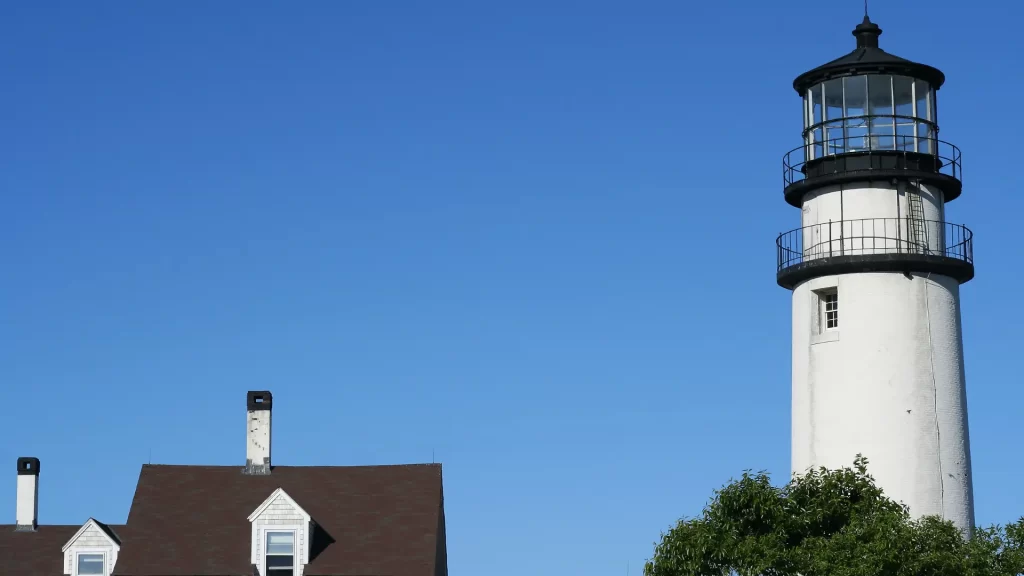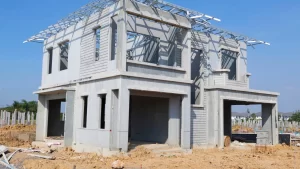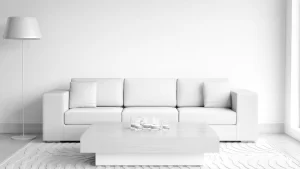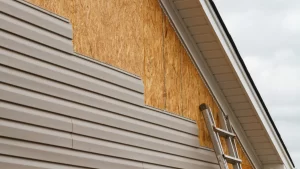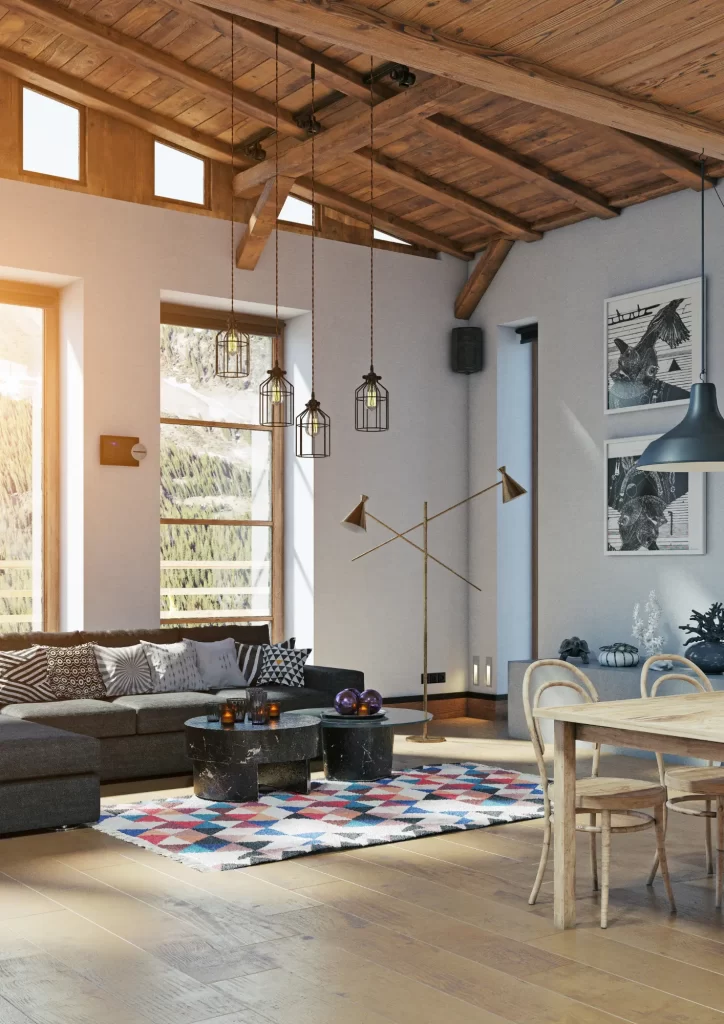Cape Cod housing style has been a popular architectural choice for homeowners for many decades. With its simple, yet elegant design, the Cape Cod housing style is a timeless choice that has stood the test of time. Originating in the coastal region of Cape Cod in Massachusetts, this style of architecture is characterized by its steep roofs, symmetrical facades, and clapboard siding. It was originally built in the 17th century as a simple and functional style for the harsh New England climate.
Over the years, the Cape Cod housing style has evolved and has become a staple of American architecture, gaining popularity in coastal areas across the country. The style is known for its charming and cozy atmosphere, as well as its spacious interiors, making it a perfect choice for families and homeowners looking for a comfortable and welcoming home.
Whether you’re building a new home or renovating an existing one, the Cape Cod style is a versatile and timeless option that is sure to impress. In this post, we will delve into the history and origin of the Cape Cod style, its key architectural features, and the interior design elements that make this style so special.
History and Origin
The Cape Cod style of architecture originated in the 17th century in the coastal region of Cape Cod, Massachusetts. It was originally built as a simple and functional style for the harsh New England climate, with features such as steep roofs, symmetrical facades, and clapboard siding designed to withstand the strong winds and heavy snowfall that are common in the area.
The style was popularized in the early 20th century, when architects and builders began to see its potential for mass-production. The design was simple, affordable, and could be easily adapted to different locations and climates. As a result, the Cape Cod housing style quickly gained popularity across the country and became a staple of American architecture.
Over the years, the Cape Cod style has continued to evolve, with various regional variations and adaptations emerging. For example, in the South, the style was adapted to suit the warmer climate, with larger windows, screened porches, and more open floor plans. In the West Coast, the style was influenced by the Arts and Crafts movement, with the use of natural materials, such as wood and stone, and a focus on craftsmanship.
Despite these changes, the core elements of the Cape Cod style have remained consistent, with its simple and functional design, charming atmosphere, and timeless appeal. Today, the Cape Cod style is still a popular choice for homeowners, with many builders and architects continuing to incorporate its key features into their designs.
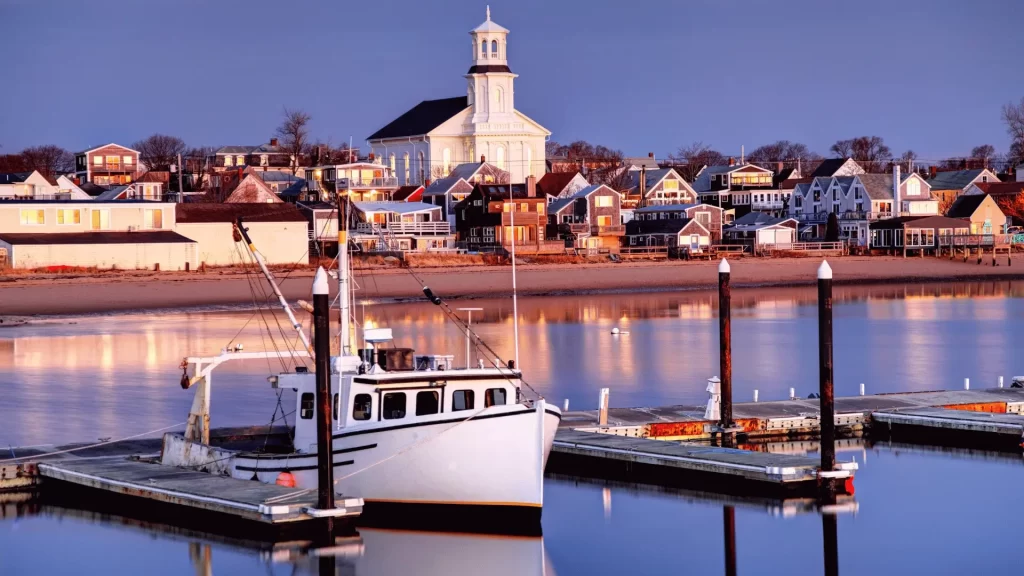
Key architectural features
The key architectural features of Cape Cod homes are what make this style so recognizable and timeless. Some of the key architectural elements include:
- Steep roofs: Cape Cod homes are known for their steep roofs, which were originally designed to shed snow and rain efficiently. The roofs typically have a simple gable shape and are made of wood shingles.
- Symmetrical facades: Cape Cod homes have symmetrical facades, with a central front door and evenly spaced windows on either side. This symmetry adds to the style’s classic and timeless appeal.
- Clapboard siding: Clapboard siding is a hallmark of the Cape Cod style and is typically made of wood. The siding is vertically installed and gives the home a simple and clean appearance.
- Shutters: Many Cape Cod homes feature shutters on the windows, adding to the style’s charm and classic look. The shutters are typically made of wood and can be painted in a variety of colors to match the home’s exterior.
- Dormer windows: Dormer windows are a common feature of Cape Cod homes and provide additional light and ventilation to the attic. They are typically small and located in the roof, and add character and charm to the home’s exterior.
- Porches: Porches are a popular addition to Cape Cod homes and provide a space for homeowners to enjoy the outdoors. They are typically small and covered, and provide a comfortable and inviting entrance to the home.
These architectural elements come together to create the classic and timeless look of the Cape Cod style, making it a popular choice for homeowners who want a charming and cozy home.
Interior design element
The interior of a Cape Cod home is just as charming and cozy as its exterior. The following are some of the interior design elements that are typically found in Cape Cod housing style:
- Simple and functional floor plans: Cape Cod homes are known for their simple and functional floor plans, with rooms arranged in a straightforward manner. The homes typically have a central hallway that leads to the various rooms, with a large living room and separate dining room.
- Fireplaces: Fireplaces are a common feature in Cape Cod homes and add warmth and coziness to the living room. The fireplaces are typically made of brick or stone and are often the focal point of the room.
- Wainscoting: Wainscoting is a type of wood paneling that covers the lower portion of the walls in a room. It is a common feature in Cape Cod homes and adds texture and depth to the interior design.
- Hardwood floors: Hardwood floors are a popular choice for Cape Cod homes and add warmth and character to the interior. The floors are typically made of natural materials, such as oak or pine, and are often finished in a natural or light stain.
- Simple and functional furnishings: The furnishings in Cape Cod homes are typically simple and functional, with a focus on comfort and durability. Pieces are often made of natural materials, such as wood, and have a classic and timeless look.
- Soft and warm colors: Cape Cod homes are known for their soft and warm color schemes, with colors like white, beige, and light blue being popular choices. These colors create a calm and relaxing atmosphere and complement the natural materials used in the interior design.
Together, these interior design elements come together to create a warm and inviting atmosphere in a Cape Cod home, making it a comfortable and welcoming space for families and homeowners.
Regional variations
The Cape Cod style has been popular for centuries and has been adapted and incorporated into different areas, resulting in regional variations. Some of these regional variations include:
- New England Cape Cod: This is the original and most traditional form of the Cape Cod style, characterized by its steep roofs, symmetrical facades, and clapboard siding. This style is most commonly found in New England and is often associated with historic and coastal towns.
- Southern Cape Cod: This variation of the Cape Cod style is found in the southern United States and is often influenced by colonial and plantation architecture. Homes in this style typically feature larger porches, higher ceilings, and more open floor plans.
- West Coast Cape Cod: This variation of the Cape Cod style is found on the West Coast of the United States and is often influenced by California’s Spanish and Mediterranean architecture. Homes in this style typically feature stucco exteriors, red tile roofs, and arched doorways.
- Midwest Cape Cod: This variation of the Cape Cod style is found in the Midwest United States and is often influenced by the region’s traditional farmhouses. Homes in this style typically feature larger proportions, wider eaves, and larger windows.
Each of these regional variations takes elements from the original Cape Cod style and incorporates them into the local architecture, resulting in a unique and personalized take on the classic style. Whether it’s a traditional New England Cape Cod or a West Coast Cape Cod with Spanish influence, the Cape Cod style remains a popular and timeless choice for homeowners.
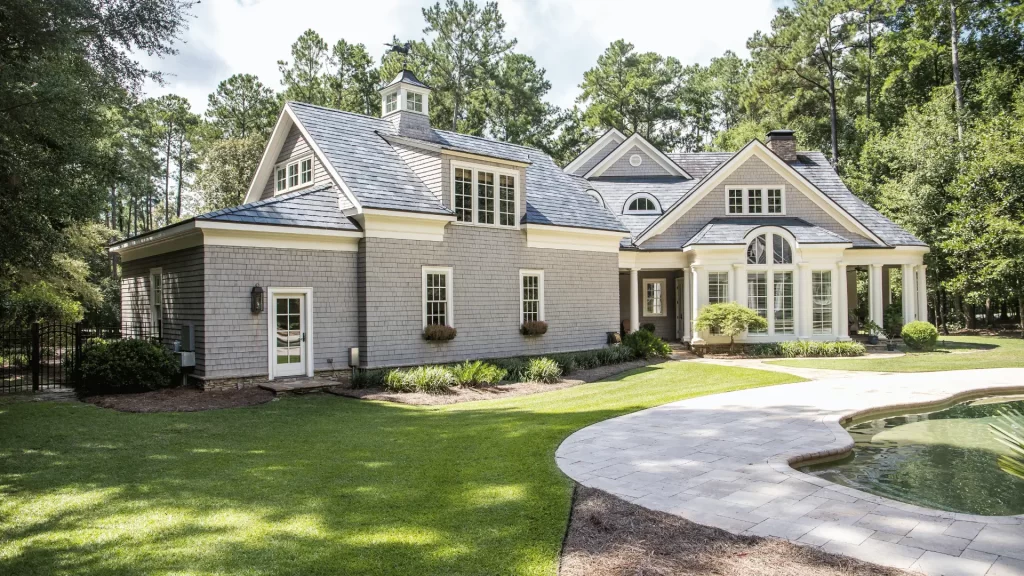
Modern adaptations
The Cape Cod style has stood the test of time and remains a popular choice for homeowners today. While the style has evolved over the years, it has also been adapted to modern design and construction techniques, allowing it to remain relevant and charming in the present day. Some of the modern adaptations of the Cape Cod style include:
- Energy-efficient upgrades: Many Cape Cod homes have been updated with energy-efficient upgrades, such as double-paned windows, insulation, and energy-efficient heating and cooling systems. These upgrades help to reduce energy costs and improve the overall comfort of the home.
- Open floor plans: Many Cape Cod homes have been renovated to include more open floor plans, with walls removed to create a more spacious and connected living area. This allows for more natural light to enter the home and makes it easier to entertain guests.
- Modern amenities: Cape Cod homes have been updated with modern amenities, such as stainless steel appliances, updated lighting, and modern bathroom fixtures. These updates help to make the homes more functional and comfortable for modern living.
- Sustainable materials: Some Cape Cod homes have been updated with sustainable materials, such as recycled wood, bamboo flooring, and low-VOC paints. These materials help to reduce the home’s impact on the environment and promote a healthier living space.
Despite these modern adaptations, the classic charm and aesthetic of the Cape Cod style has been preserved. The steep roofs, symmetrical facades, and clapboard siding remain key features of the style, and the interior design elements, such as the fireplaces and wainscoting, continue to create a warm and cozy atmosphere.
Overall, the modern adaptations of the Cape Cod style have helped to make it more functional and comfortable for modern living, while still retaining its classic charm and timeless appeal.
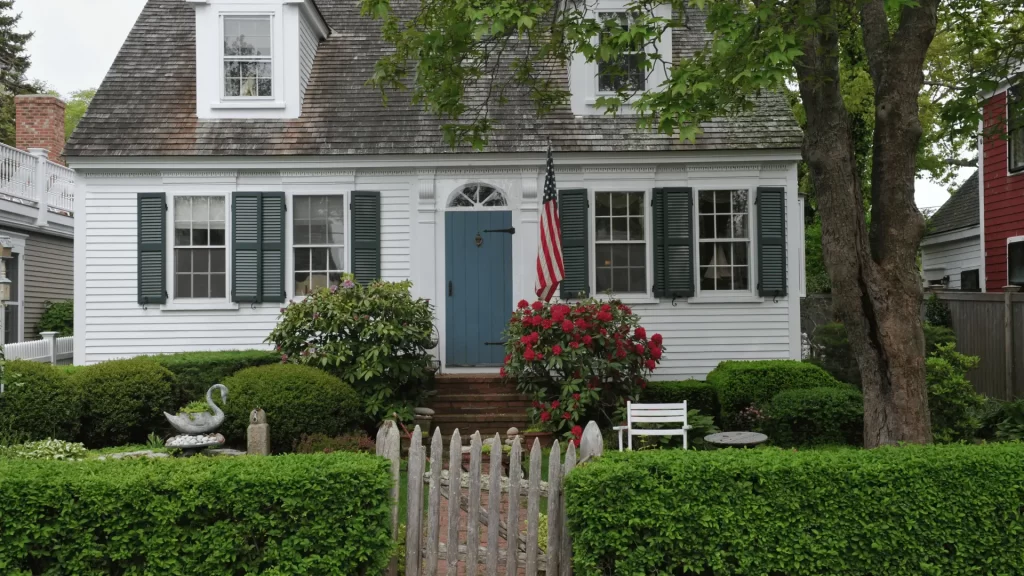
In conclusion, the Cape Cod style is a timeless and popular choice for homeowners today, due to its classic charm and timeless appeal. The style has its roots in New England, where it was originally built to withstand the harsh coastal weather. The key architectural features of the Cape Cod style include its steep roofs, symmetrical facades, and clapboard siding. The interior design elements, such as simple and functional floor plans, fireplaces, and wainscoting, create a warm and cozy atmosphere.
Over time, the Cape Cod style has evolved and has been adapted to modern design and construction techniques, with energy-efficient upgrades, open floor plans, modern amenities, and sustainable materials. Despite these modern adaptations, the classic charm and aesthetic of the Cape Cod style have been preserved.
The regional variations of the Cape Cod style, from the traditional New England Cape Cod to the West Coast Cape Cod with Spanish influence, demonstrate the style’s versatility and timeless appeal. Whether you’re looking for a classic and charming home or a modern and energy-efficient dwelling, the Cape Cod style is a popular and timeless choice for homeowners.
